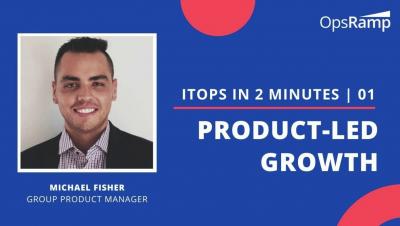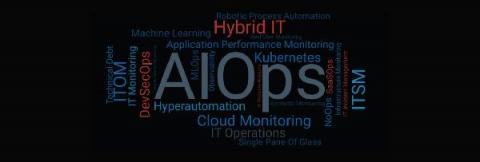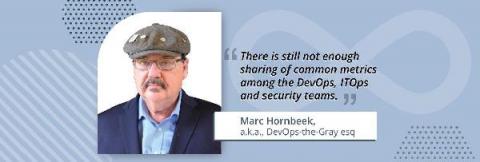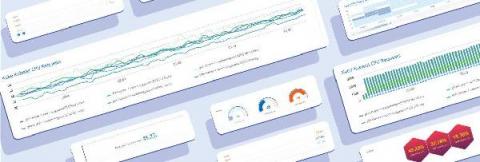Operations | Monitoring | ITSM | DevOps | Cloud
OpsRamp
10 Ways to Get Ahead with OpsRamp's AIOps
IT operations departments in larger enterprises often use 10-15 monitoring tools across different teams to track the health and availability of their core business services. Rather than helping ITOps teams gain a comprehensive view of their infrastructure, an overload of monitoring tools tends to only compound organizational silos and limit insights for incident troubleshooting. Yes, there is too much of a good thing.
ITOps In 2 Minutes | What is Product-Led Growth? | Michael Fisher
Seven KPIs for AIOps
Leaders looking to measure the benefits of AIOps and build key performance indicators (KPIs) for both IT and business audiences should focus on key factors such as uptime, incident response, remediation time and predictive maintenance, so that potential outages affecting employees and customers can be prevented. Business KPIs connected to AIOps include employee productivity, customer satisfaction and web site metrics such as conversion rate or lead generation.
The OpsRamp Monitor: February
Don’t stop thinking about tomorrow: For enterprise IT leaders everywhere, it’s no longer enough to lead well today and have teeth in the business. You must now be prepared for all manner and scope of uncertainty and change, and according to Accenture, very few organizations are there yet. In a recent report, the consultancy reports that only 7% of organizations are “future-ready”.
IT Operations Glossary 2021
With increasing complexity and workloads, the world of IT operations is constantly evolving to meet the needs of digital-first organizations. Automation, AI and DevOps are intersecting today like never before. A constant influx of new technologies means new terms. Here's our take on the meaning of leading words and phrases in the space right now.
DevOps and ITOps: Come Together, Right Now
Marc Hornbeek is a DevOps consultant, author and advisor who playfully calls himself “DevOps the Gray” due to his 40-plus years of work in software development. We spoke with him about the convergence of IT operations and DevOps and what it means for the IT organization.
A Dashboard Guide for IT Operations Metrics
As one of the three pillars of observability, along with logs and traces, digesting metrics is a crucial part of any ITOps admins’ job. Metrics are a numeric representation of data measured over intervals of time and thus can derive knowledge of system behavior historically, which can help predict future patterns of behavior and inform investigations of issues and incidents.
RampChat: IT Leadership In 2021 | Mark Settle | CIO Talk
Mark Settle on IT Leadership In 2021
The year 2020 was uniquely challenging for business and IT leaders around the world. The sudden shift en masse to remote work put tremendous pressure on IT teams to pivot and keep the show running for business continuity. Going digital is no longer a debate and digital transformation became more than a project in the distant future. So what else has changed in the IT leader’s playbook? We spoke with veteran CIO and author Mark Settle.











